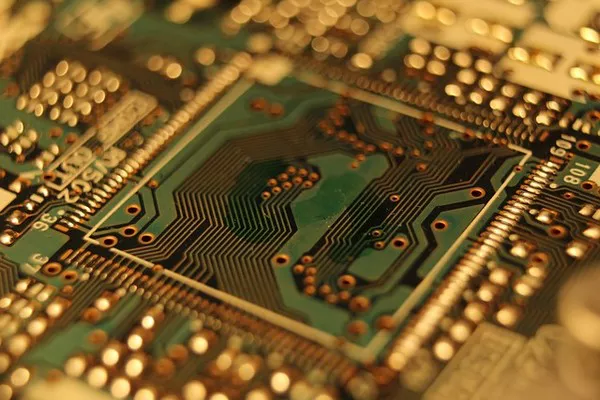In the dynamic world of electrical engineering, a plethora of equipment plays a crucial role in powering our modern society. From the generation of electricity to its distribution and utilization, various types of electrical equipment are employed to ensure a seamless and efficient flow of electrical energy. This article delves into the diverse categories of electrical equipment, shedding light on their functions and significance in different applications.
Generators
At the heart of every electrical power system lies generators, the devices responsible for converting mechanical energy into electrical energy. These machines come in various forms, including steam turbines, gas turbines, hydro turbines, and internal combustion engines. Generators are pivotal in power plants, where they serve as the backbone for electricity generation by harnessing different energy sources.
Transformers
Transformers are essential components in the power distribution network, facilitating the efficient transmission of electricity across various voltage levels. They operate on the principle of electromagnetic induction, transforming voltage levels to minimize energy losses during transmission. Transformers are classified into step-up and step-down variants, depending on whether they increase or decrease the voltage.
Switchgear
Switchgear is a crucial element in controlling and protecting electrical equipment. It includes a combination of switches, fuses, circuit breakers, and relays designed to control, isolate, and protect electrical circuits. Switchgear finds application in power distribution systems, industrial facilities, and substations, ensuring the safety and reliability of the electrical network.
Cables and Wires
Cables and wires are the lifelines of any electrical system, serving as conduits for the transmission of electrical energy. They come in various types, such as power cables, control cables, and communication cables, each designed for specific applications. The choice of cables depends on factors like voltage, current, and environmental conditions.
Control Panels
Control panels house a collection of devices and components that regulate and monitor electrical systems. They play a crucial role in industrial automation, where various processes are controlled through programmable logic controllers (PLCs) and human-machine interfaces (HMIs). Control panels are customized based on the specific requirements of the system they control.
Motors and Drives
Motors and drives are integral components in converting electrical energy into mechanical energy. Electric motors power a wide array of machinery, from industrial equipment to household appliances. Variable frequency drives (VFDs) control the speed and torque of motors, providing energy-efficient solutions for diverse applications.
Lighting Equipment
Lighting equipment encompasses a broad range of devices, from incandescent bulbs to advanced light-emitting diodes (LEDs). Lighting plays a crucial role in various settings, including residential, commercial, and industrial spaces. Energy-efficient lighting solutions are gaining prominence, contributing to sustainability efforts and reducing electricity consumption.
Protective Devices
Protective devices are critical for safeguarding electrical equipment and preventing damage from faults or overloads. These devices include fuses, circuit breakers, and surge protectors. Fuses and circuit breakers interrupt the flow of electricity in the event of a fault, while surge protectors mitigate the impact of voltage spikes.
See Also Which fire extinguisher for electrical equipment?Revealed!
Measurement and Monitoring Devices
Measurement and monitoring devices are employed to assess the performance and health of electrical systems. Instruments such as voltmeters, ammeters, and wattmeters provide real-time data on voltage, current, and power consumption. These devices aid in preventive maintenance, ensuring the reliability and efficiency of electrical equipment.
Power Distribution Units (PDUs)
Power distribution units play a crucial role in managing and distributing electrical power within data centers and critical infrastructure. They provide a centralized point for distributing power to various equipment, ensuring a balanced and efficient distribution of electrical energy.
Conclusion
In conclusion, the world of electrical engineering is rich and diverse, with a wide array of equipment contributing to the generation, distribution, and utilization of electrical energy. Generators, transformers, switchgear, cables, control panels, motors, lighting equipment, protective devices, measurement tools, and power distribution units collectively form the backbone of our modern electrical infrastructure. Understanding the functions and significance of these electrical equipment types is essential for engineers and professionals working in the field, as they strive to build and maintain robust and efficient electrical systems.

